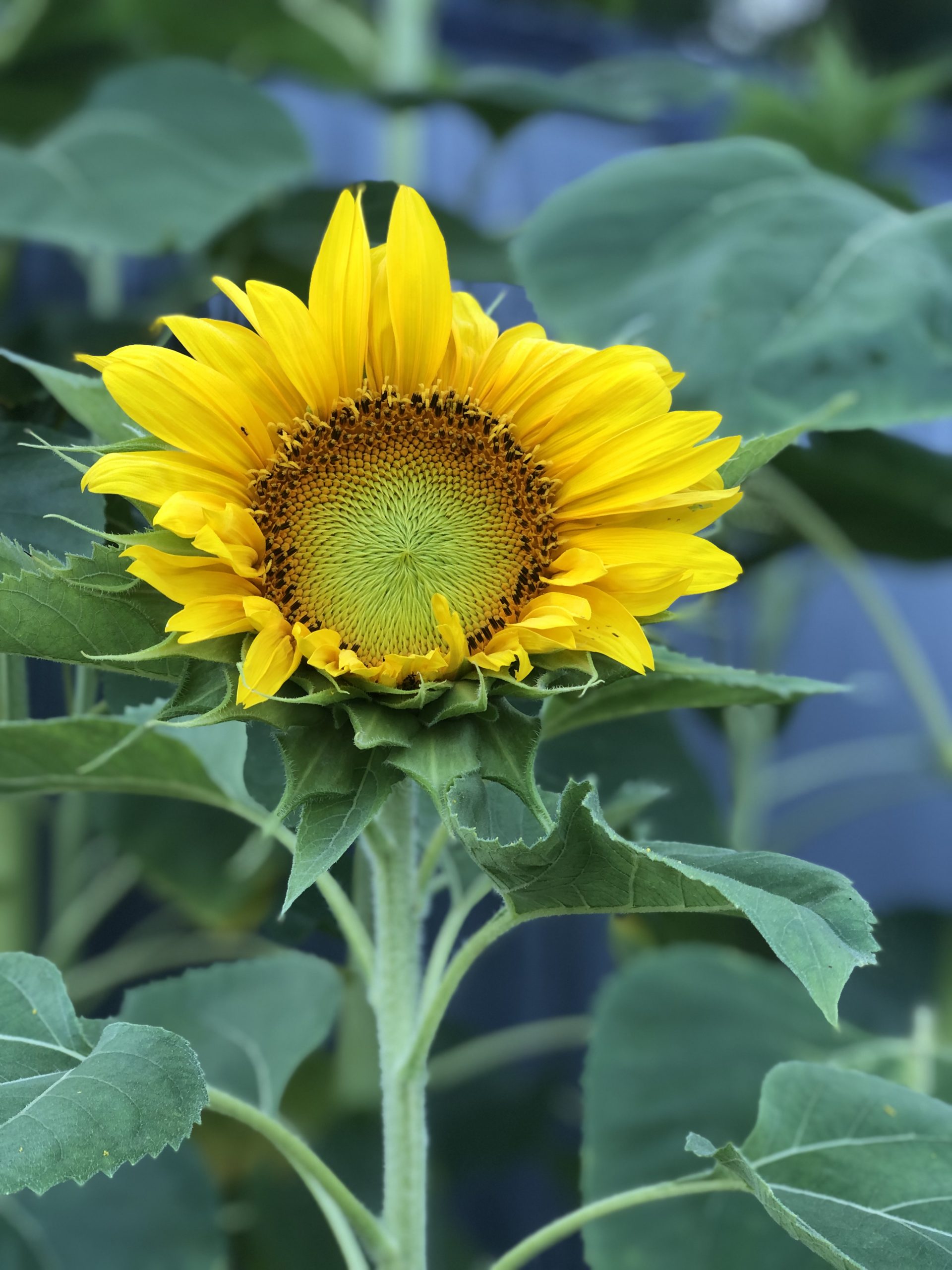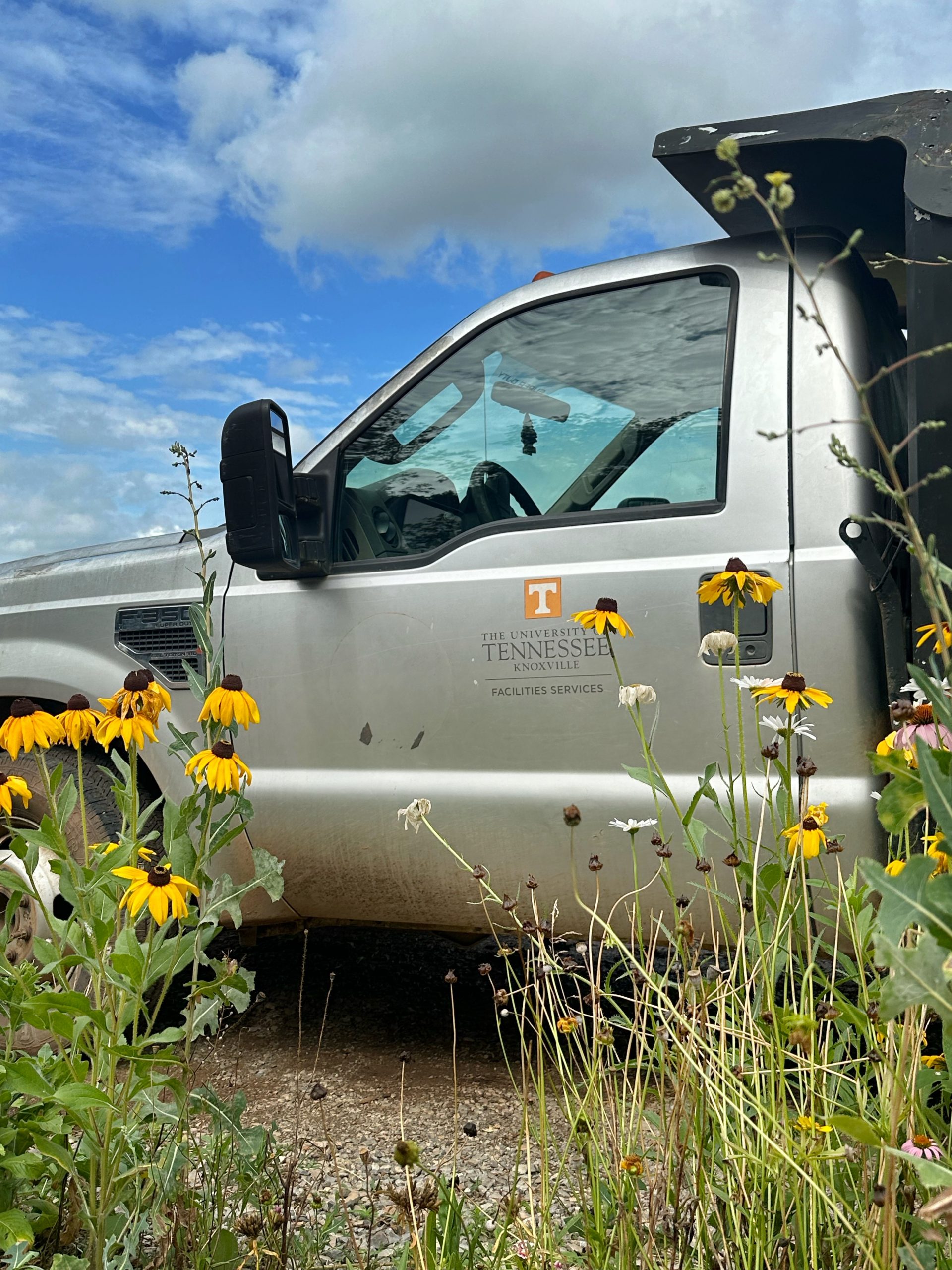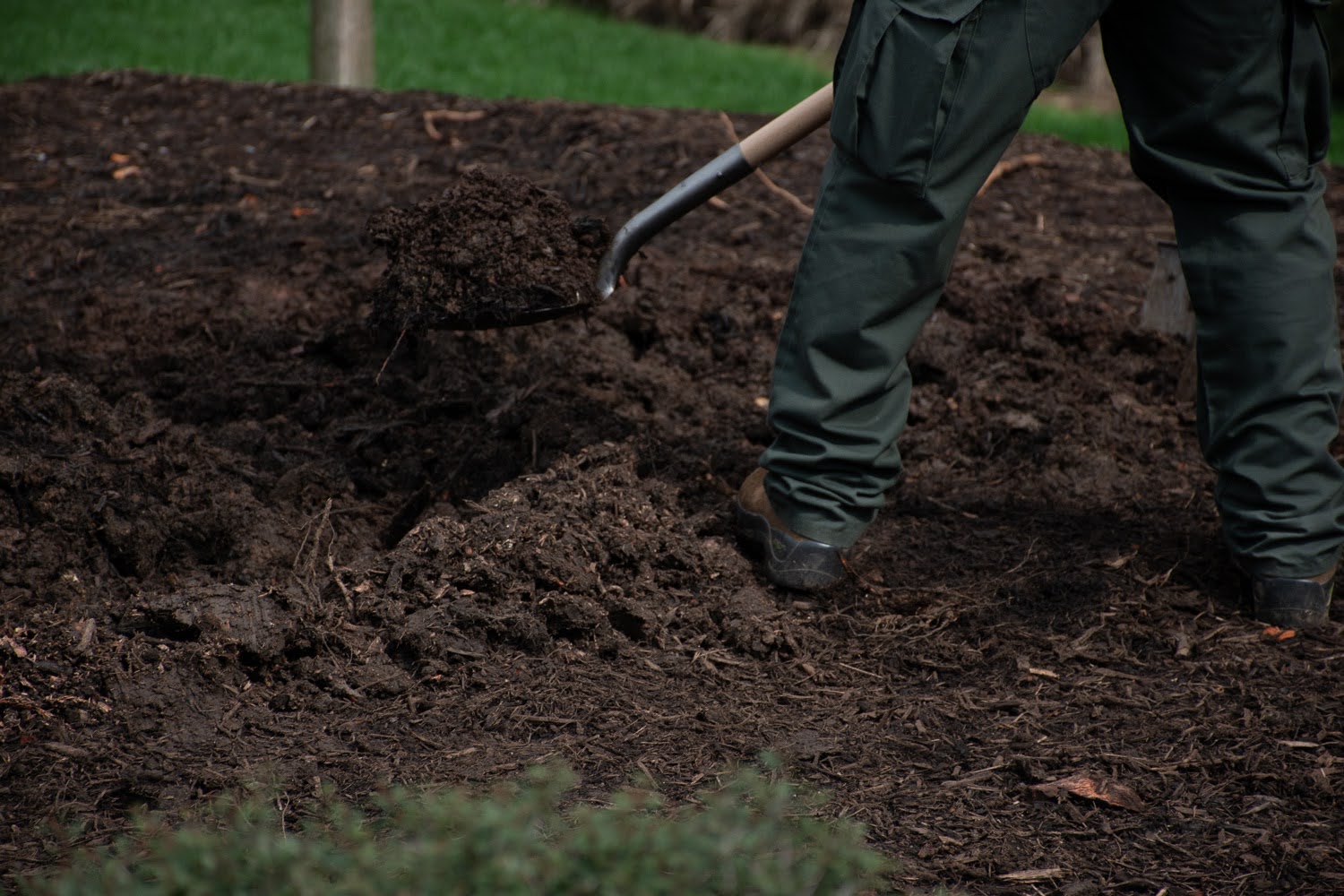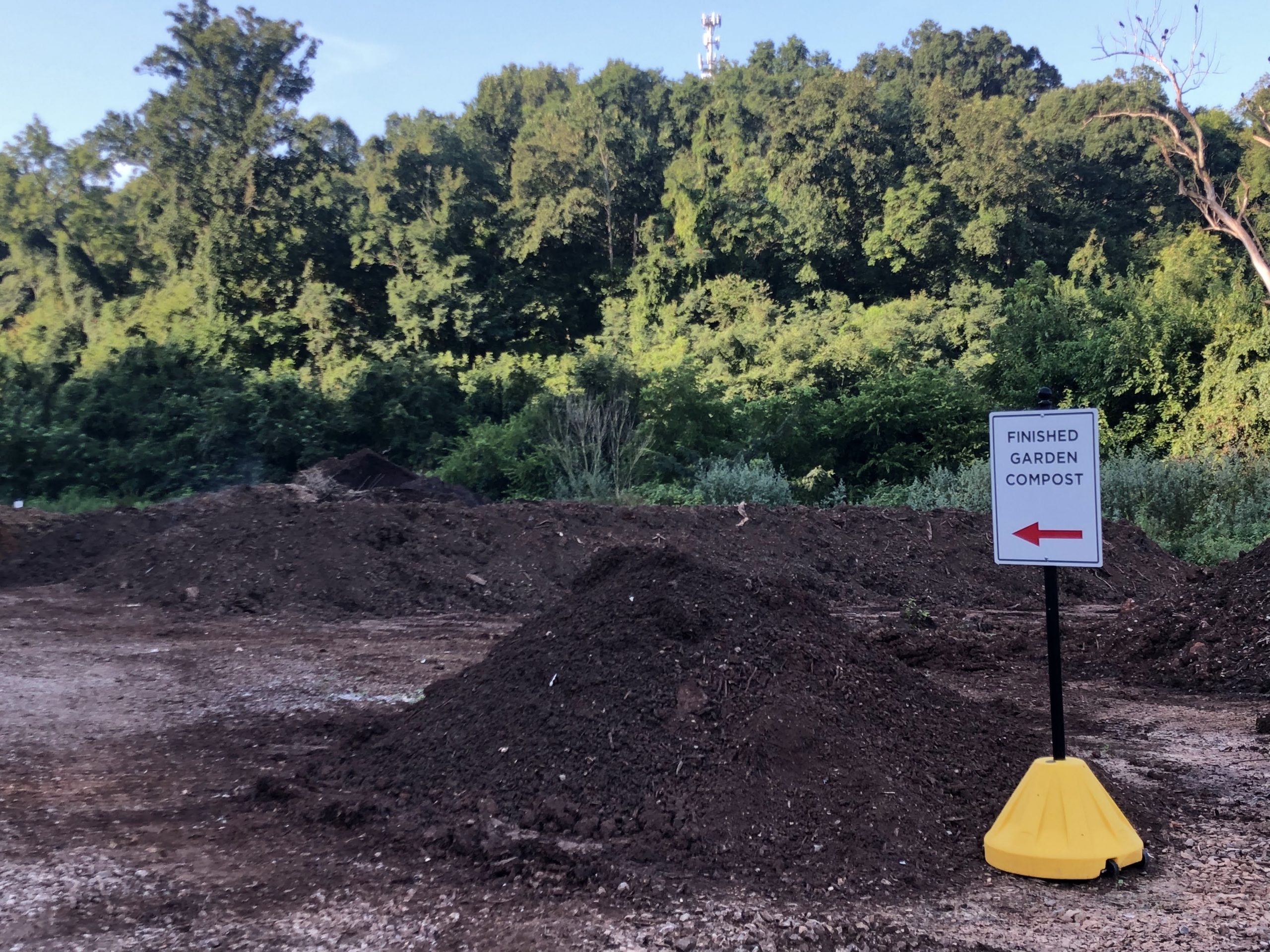Story by FS Communications Student Assistant, Ella Kelley
With the University of Tennessee, Knoxville consistently breaking enrollment records in recent years, we have had an influx of new students, staff, and faculty on campus. More people bring additional food waste and a need to continually educate Vols on the university’s commitment to Zero Waste.
Fortunately for us, the UT Compost Facility is a step ahead in making sure that food waste is put to good use. The UT Compost Facility collects a variety of materials from campus, like food waste, animal waste, wood chips, and leaves, to turn into compost. Compost Supervisor Ella Dohrmann explained the composting process.
“It’s a natural process of decomposition. We really are just giving all the decomposers, the microbes, bacteria, fungi, mycelium, the right conditions to break down all the waste,” Dohrmann said.


To facilitate the natural decomposition process, the Compost Facility uses the windrow method, which involves putting waste and other materials in large piles for composting. The UT Compost Facility has several long piles that are six to eight feet tall and around 10 feet wide. Dohrmann explained that the piles contain organic material made up of three parts carbon to one part nitrogen. For the most part, the nitrogen comes from food waste, and the carbon is produced by landscaping waste (wood chips and leaves). These piles are turned weekly to introduce oxygen and ensure the materials are equally exposed to natural decomposers.
The decomposers in the compost piles generate heat and break down the materials over a long period of time. The size of the piles creates an insulated environment to allow the decomposers to do their jobs. Dohrmann explained that they monitor oxygen in the windrows to avoid rotting and ensure the compost process occurs effectively. Additionally, Dohrmann explained that a lack of oxygen will release more methane and pollutants into the environment.


In an average week, Dohrmann said the Compost Facility receives anywhere between 5,000 and 25,000 pounds of food waste. One year, the Compost Facility brought in 2 million pounds of waste for composting. They collect and receive these compost materials from all over campus. The Compost Facility recently hired a full-time driver that drives a big truck around campus throughout the week collecting food waste. They also have student workers who collect waste on campus.
Dohrmann explained that the Compost Facility is able to use the oil from grease traps in fryers at the dining places. UT Compost Facility partners with a company that takes used cooking oil and turns it into biofuel. The wastewater created during that process is then returned to UT to spray on compost piles or animal bedding in need of moisture.

The facility receives its animal waste from the Agriculture Campus. Landscaping brings wood chips, leaves, and brush to the facility, and the UT Gardens sometimes provide materials for compost. The amount of wood chips and leaves they receive depends on the season and what the landscaping teams are working on.
Landscape Services Arborist Sam Adams and Landscape Manager Matt McConnell shared insight into the landscaping team’s role in the compost process. Landscape Services generate a lot of waste throughout the year, like hedge trimmings, tree limbs, and flower waste. They hope one day to get to the point where all of their waste can be used for composting. However, the Compost Facility does not currently have a wood chipper, so there is a limit to the landscape waste they can take. They do what they can right now, which is still a significant help for the compost process. Adams explained that Landscape Services usually collects around two tons of wood chips per drop off. During the peak season, Adams said that they fill around four truckloads of wood chips a week for compost. Leaves also make up a large part of the compost material. During the fall, Landscape Services sometimes drops off a few loads of leaves a day.

After the facility receives waste, they place it into the windrows to begin the decomposition process. The process takes around six or seven months to get from the raw material to the finished compost. Once the compost is complete, it is a nutrient-rich soil amendment. Dohrmann shared that UT Compost Facility produces two types of compost: garden compost and landscaping/pasture compost. The garden compost is great for any plants, while the landscaping compost is kept separate as the end product is better suited for pasture application and landscaping that requires less nutrients than produce.
When the compost is finished, the landscaping team can use it for beautification on campus. McConnell shared how landscaping uses the finished compost product.
“We try to incorporate it into our planning, our landscape beds. When we have a planning project, or if we have a turf renovation project, after we break up the existing soil, we’ll add the compost and then incorporate it into the soil before we put out seed or sod on top of it,” McConnell said.

McConnell shared that Landscape Services has around six to ten different landscape projects in a year that use compost from the Compost Facility where they would otherwise have to buy another product.
Other users of compost from the Compost Facility include UT Institute of Agriculture (UTIA), UT Gardens, and the Grow Lab. While Landscaping uses the compost when it can, UTIA is one of the biggest consumers of the compost. UTIA has an organic crops unit which grows a lot of food and crops, providing the perfect opportunity to use compost.
The race to Zero Waste is a slow and steady approach, but the university has seen real gains in its composting operation. Finding innovative ways to use natural waste materials is just one way we strive to Make Orange Green. To learn more, visit sustainability.utk.edu.